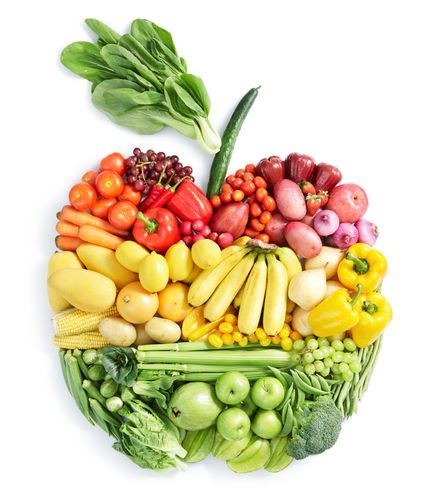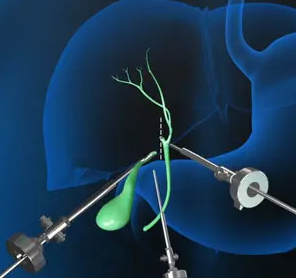What are Oxalates?
This is a subtitle for your new post

What are Oxalates?
Oxalates are a protective mechanism from plants to discourage animals from eating them too much. When consumed in excess or when the body is not working at optimal function, they can accumulate in the body.
How do they impact the body?
Tiny oxalate crystals accumulate in different places in different people. The most commonly known oxalate accumulation is as kidney stones. However crystals can also
settle beneath the skin (and therefore suffer from 'mystery' eczema and has also be linked to vulvodynia)
store in the joints (and therefore suffer from 'mystery' pain in the knees, hips, etc).
store in the central nervous system, which is where they can cause all sort of symptoms (from poor balance, anxiety to poor memory).
Food sources
Oxalates are found in a range of foods, some of the highest quantities are in spinach, beetroot, dark chocolate and almonds. So whilst some people can benefit from these in their diet , others won't – we are all different. So if you are in ill health, maybe hold back on the spinach smoothies….
How do you know you have oxalate accumulation?
Well you often don't!. When the body is high in oxalates, we see raised levels in the urine as the body tries to eliminate them. Some people can see their crystals as their urine sparkles, so check by shining a light on the toilet bowl or hold a urine sample to the light ( disco wee!).
For me this wasn’t the case ( no disco wee). When running an Organic Acid test with my nutritionist Marek Doyle too look for clues for what wasn't working well and could be contributing to my CFS, we saw my oxalates were very high. We then instigated an oxalate protocol. Improvement is not always instant, as the oxalates come out in waves, know as ‘dumping’ where you can feel worse, then better again. However, over the months I noticed an improvement in my health. For me this was a part of my healing journey ( look out for my mould/ VCS article to come) , for others this is the key blocker to regaining their health.

My organic acids results in 2014 showing high oxalates - see marker 21 out of range

My Organic acid retest in 2019 showing back in range
Oxalates are not a forever thing, now I have cleared my accumulation I can eat occasional high oxalate food, I just do so in moderation
The Organic Acid Test (OAT) is a great comprehensive nutritional screen that I recommend, which can pick up if oxalates and other issues such as your detoxification pathways, energy pathways and gut health are all in optional range. If you are interested in testing them please contact me.
First Published Jan 2020



